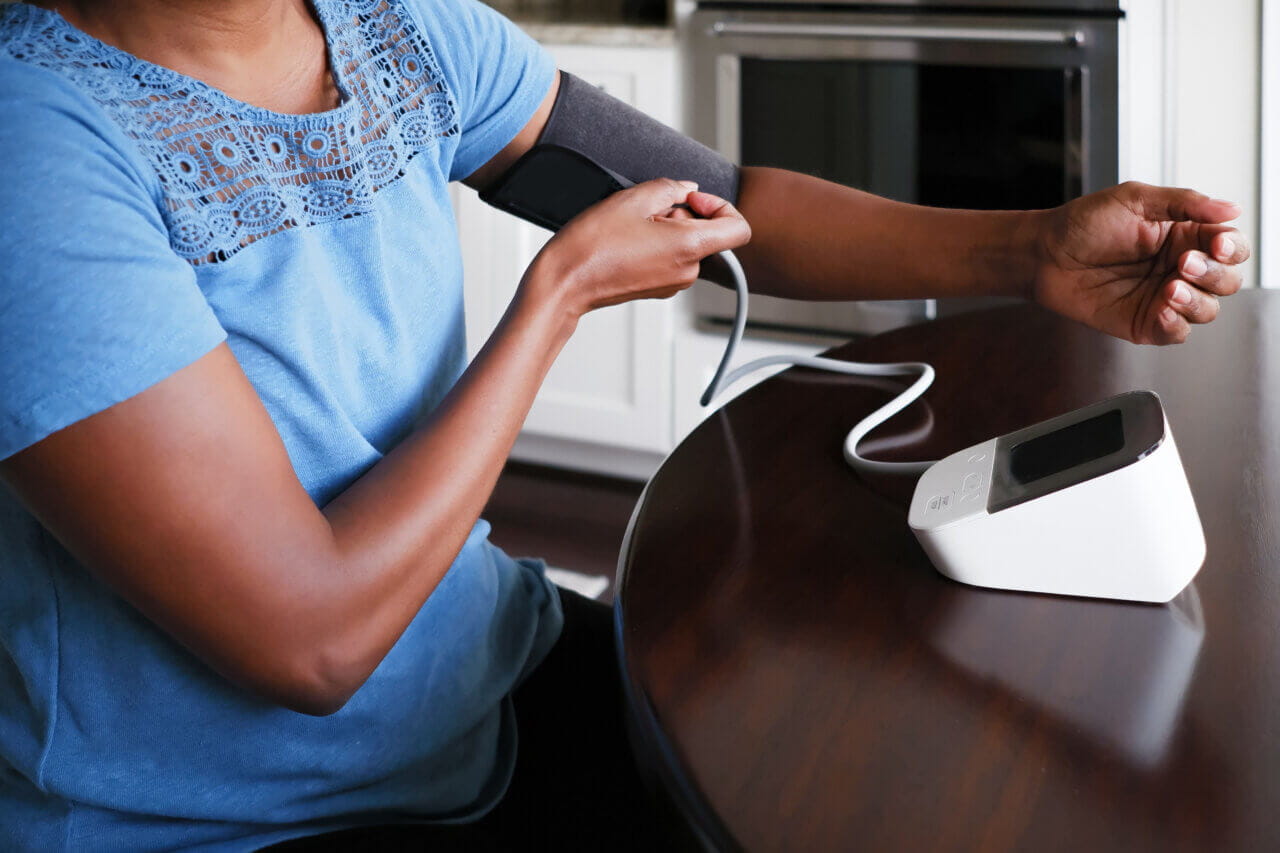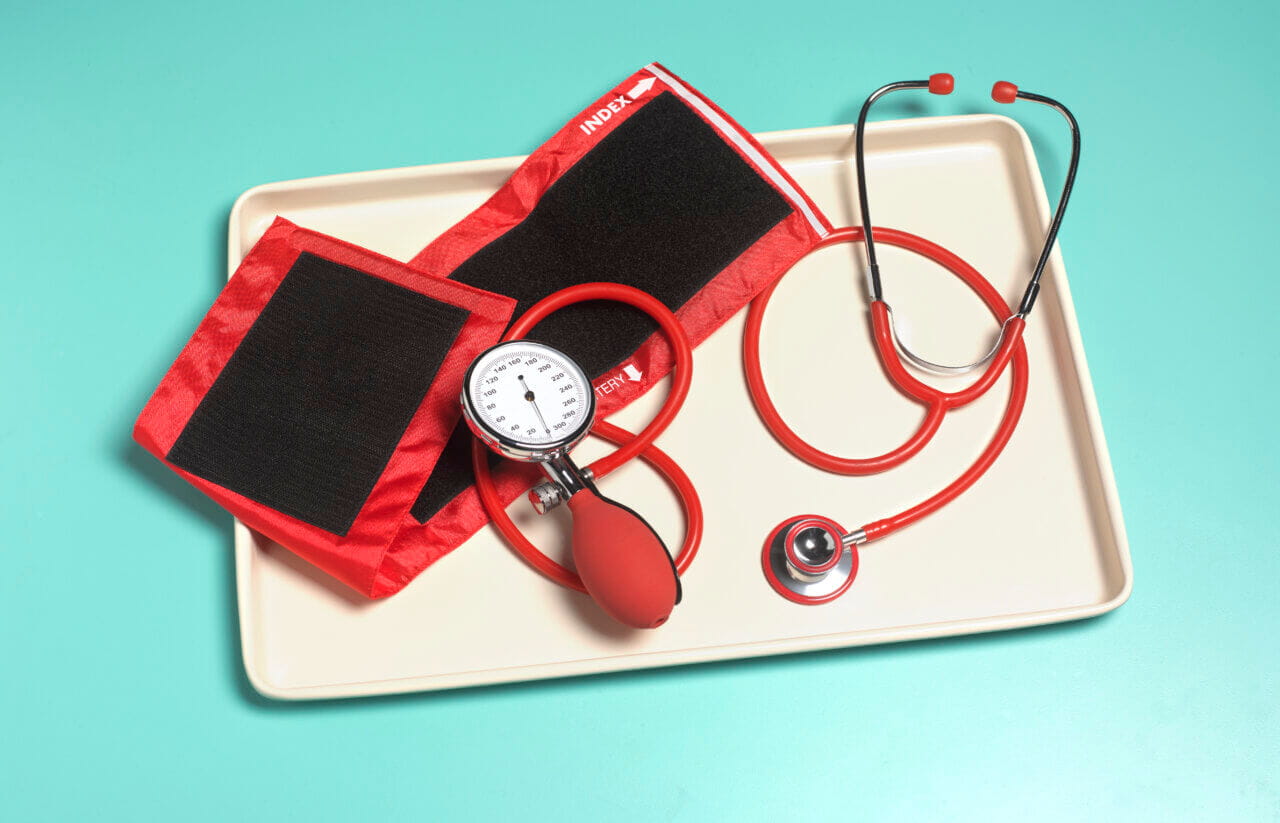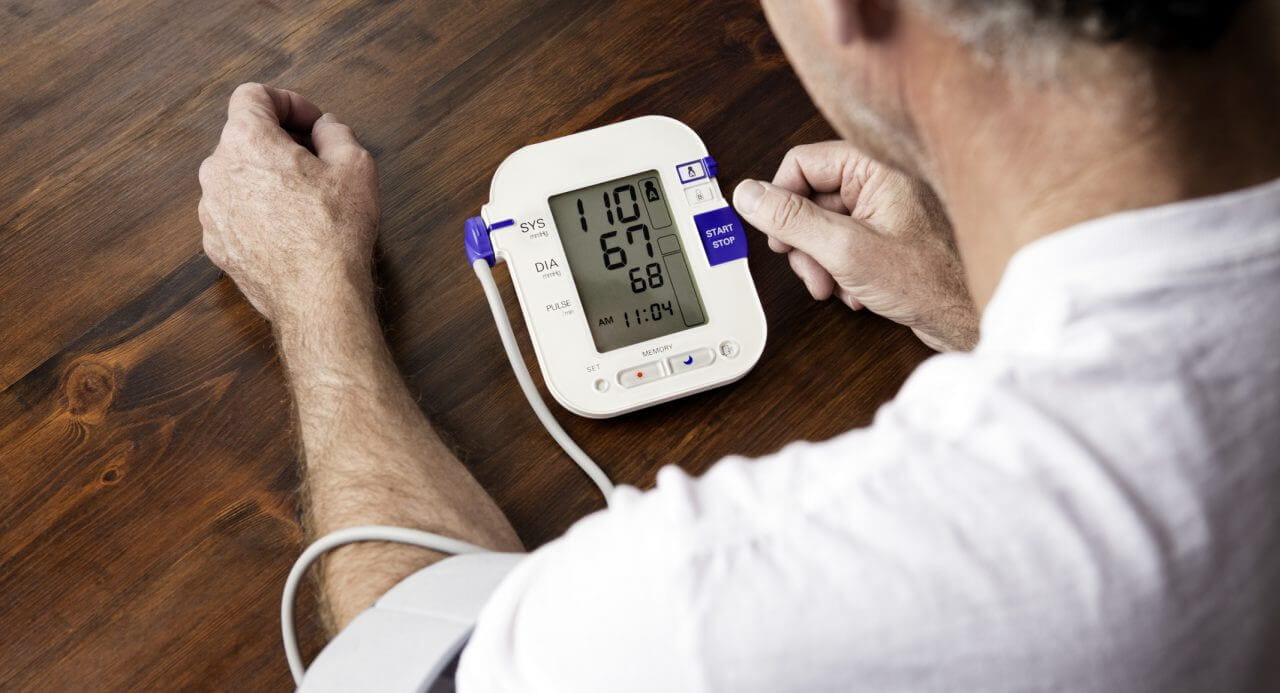Understanding Blood Pressure Levels by Age

Blood pressure is the force your blood exerts against the walls of arteries as your heart beats. Blood pressure readings have two numbers, such as 122/79 mm Hg (which would be spoken as “122 _over_ 79”). The descriptor at the end stands for “millimeters of mercury,” which blood pressure gauges used to contain.
The top number (called the systolic pressure) is the force each time your heart beats. The bottom number (diastolic pressure) is the force between beats.
Maintaining healthy blood pressure is essential, as readings outside the normal range can be problematic. Untreated high blood pressure (also called hypertension), in particular, can damage the blood vessels, heart, kidneys, and brain.
The blood pressure that doctors consider normal changes throughout a person’s life. But what is the normal blood pressure by age? This article answers that question and provides information on gender differences in normal blood pressure.
What Is Normal Blood Pressure Level by Age?
Normal blood pressure is, in part, a function of age, and levels vary from newborns through older adults. What is the ideal blood pressure by age? The blood pressure charts by age and gender below have the details.
| Age Group | Systolic (mm Hg) | Diastolic (mm Hg) |
|---|---|---|
| Newborns (up to 1 month) | 60–90 | 20–60 |
| Infants | 87–105 | 53–66 |
| Toddlers | 95–105 | 53–66 |
| Preschoolers | 95–110 | 56–70 |
| School-aged children | 97–112 | 57–71 |
| Adolescents | 112–128 | 66–80 |
In adulthood, the average blood pressures by age and gender are:
| Age Group | Gender | Normal Blood Pressure (mm Hg) |
|---|---|---|
| 18-39 | Female | 110/68 |
| 18-39 | Male | 119/70 |
| 40-59 | Female | 122/74 |
| 40-59 | Male | 124/77 |
| 60+ | Female | 139/68 |
| 60+ | Male | 133/69 |
Beyond the averages in the blood pressure chart by age and gender above, adult blood pressure falls into one of five categories:
| Category | Blood Pressure (mm Hg) |
|---|---|
| Normal | <120/<80 |
| Elevated | 120-129/<80 |
| Hypertension Stage 1 | 130-139 or 80-89 |
| Hypertension Stage 2 | ≥140 or ≥90 |
| Hypertensive Crisis | >180/>120 (seek medical help) |
Blood Pressure & Stroke
High blood pressure increases the risk of many health problems. One of the most severe is stroke.
Persistently elevated blood pressure damages blood vessels throughout the body, including the brain, and makes them more susceptible to blockages and ruptures. Strokes occur in one of two ways. An ischemic stroke is when a blood clot narrows or completely blocks a blood vessel in the brain. The blockage prevents part of the brain from getting enough oxygen, and it dies.
A hemorrhagic stroke is when a blood vessel in the brain bursts. This condition deprives a brain area of oxygen and can also produce pressure in the skull that damages brain tissue.
Strokes can quickly cause severe brain injuries, resulting in permanent disability or death. What is stroke-level blood pressure? Many factors contribute to suffering a stroke, but a blood pressure reading above 130/80 mm Hg can increase the risk. A pressure higher than 180/120 is considered a hypertensive crisis that requires immediate medical attention, as it significantly increases the chances of a stroke or other severe health issues.
Reducing stroke risk is one of the biggest benefits of maintaining a healthy blood pressure.
Concerns About the Diastolic Number in Blood Pressure
It’s common for people to focus on the systolic number in a blood pressure reading since that’s the maximum force exerted when the heart beats. However, the diastolic number is also important.
So, is 140 over 70 a good blood pressure? No, because the 140 figure indicates high blood pressure. How about 119 over 90? Again, no. The 119 figure is in the normal range, but 90 is higher than recommended. In other words, a normal systolic blood pressure with an elevated diastolic is still considered hypertension.
What is an alarming diastolic number? As the chart above notes, a diastolic blood pressure higher than 180/120 is considered a hypertensive crisis. It requires immediate medical attention.
Lower Blood Pressure... But Not Too Low
The challenge with blood pressure typically is bringing it down into the normal range. However, it’s crucial to understand that low blood pressure can also be a concern.
A systolic blood pressure that’s consistently lower than normal can cause problems like lightheadedness and fainting. A low diastolic number can indicate heart problems. Your provider can help you interpret low blood pressure ranges and decide whether your numbers are concerning.
If you take your blood pressure at home (see below) and it is too high or too low, you should talk with your doctor.
Taking Your Blood Pressure at Home
You can take measurements at home periodically to determine if the readings consistently fall within the acceptable blood pressure range by age and gender. This can be particularly helpful to people with what doctors call “white coat hypertension.” That’s elevated blood pressure due to the anxiety over being at the doctor’s office (where they traditionally wear white lab coats).
If you take home readings, be sure to:
- Buy a blood pressure monitor designed to go around your upper arm. Readings from devices that attach to your finger or wrist may not be as accurate.
- Get a monitor that inflates automatically and has a large readout that’s easy to see.
- Be aware that some monitors can share data with an app on your phone for tracking your blood pressure trends.
- Don’t consume beverages containing caffeine or alcohol in the 30 minutes before taking your reading.
- Sit calmly in a chair with your back supported and legs uncrossed for five minutes before checking your blood pressure.
- Have your arm supported and at approximately heart level.
- Put the blood pressure cuff over bare skin.
- Don’t talk or move as the cuff is working.
- Take one reading, leave the cuff on, and stay still, then take a second. If the readings are similar, average them. If not, take a third reading and average the three.
- Record the average reading, along with the time of day.
If you have high or low blood pressure, your primary care doctor can help manage it, explain your readings using a blood pressure chart that accounts for your age, health history, and risk factors, and refer you to Baptist Health Heart Care specialists if needed.



